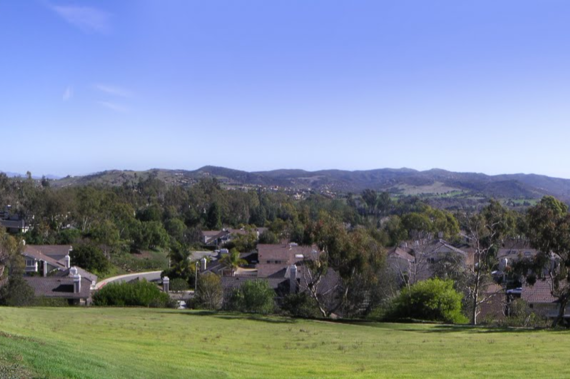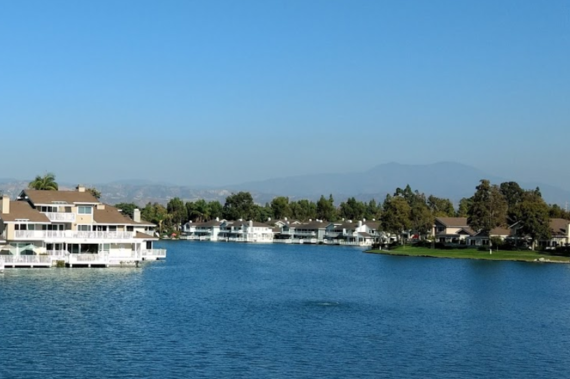1. Geography
Irvine is a planned city located in Orange County; most of the community lies on a flat valley between Loma Ridge in the north and San Joaquin Hills in the south. The community borders the following cities:
- Tustin to the north;
- Santa Ana to the northwest;
- Lake Forest to the east;
- Laguna Hills to the southeast;
- Costa Mesa to the west;
- Newport Beach to the southwest.
Architect William Pereira and Raymond Watson designed the layout of the City of Irvine, which is divided in more than forty townships known as “villages.” Each village is separated by six-lane streets and each one has a distinct architectural theme. There are schools, commercial centers and religious institutions in every township.
San Diego Creek drains the city and flows northwest into Upper Newport Bay.
Several hills, plateaus, and canyons lie further in the northern and southern areas of the city.
1.a Climate
The weather is warm during summer with temperatures in the 70's, but during the warmest month (August) temperatures tend to be over 80 degrees F.
December is the coldest month with an average minimum temperature of 40 degrees Fahrenheit. The rest of the winter months present average temperatures in the 50's. During this time of the year, the weather can also be hot and dry due to the Santa Ana winds.
It does occasionally snow in the Santa Ana Mountains to the north of Irvine, but it rarely snows within the lower-lying parts of the city. However, the area received three inches of snow in January 1949.
February is the wettest month of the year with an average rainfall of approximately 3.07 inches.
Not everybody knows that different parts of Irvine have different microclimates, due to its proximity to the Pacific Ocean; for that reason, the June Gloom (overcast mornings and occasional drizzle) is more notorious in the southern parts of the city which are closer to the coast.


